Living shadows: How the Galápagos painted its island critters in subdued colors
How did spiders, centipedes, grasshoppers, and other tiny creatures end up on the Galápagos Islands—a lonely outpost in the ocean? Between four to six million years ago, these intrepid adventurers embarked on an epic journey from the coasts of South America and other regions. Some hitched rides on rafts of vegetation torn loose by storms; others, like certain spiders, harnessed silk threads as natural parachutes to ride the winds. Upon arrival, they faced a merciless landscape: blistering sun, jagged black rocks, choking dust, and predators like birds and reptiles lurking in the shadows. In that unforgiving world, subdued colors became their ultimate survival tool—a crucial advantage in an extreme environment.
Picture this! You're a grasshopper in this volcanic wasteland. You land on the jagged black lava—and poof! —you disappear, swallowed whole by the terrain. But wear bright red? Bam! A finch spots you instantly, and you're lunch. This evolutionary sleight of hand didn’t escape notice—though it did frustrate Charles Darwin when he arrived in the Galápagos in 1835. He’d expected a riot of tropical colors, like the vibrant insect parades of mainland South America. Instead, he found creatures dressed in nature’s stealth palette: charcoal, ash, dust, and bleached earth, all perfectly camouflaged against the lava. They weren’t just on the islands—they’d become them.
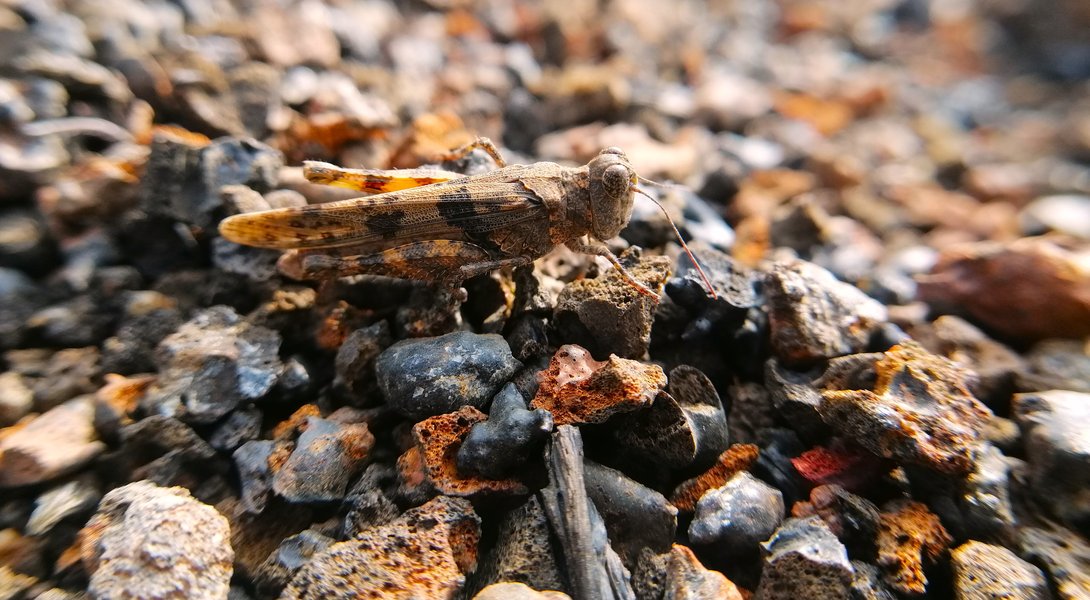
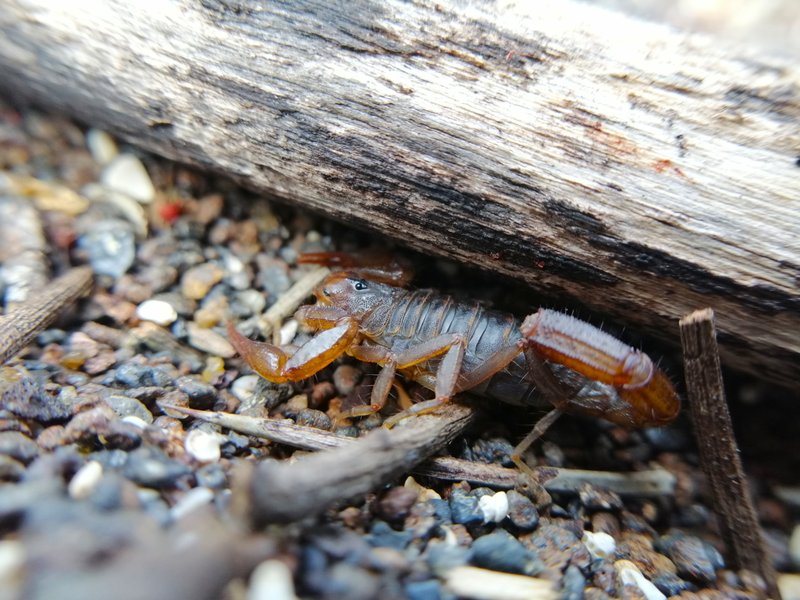
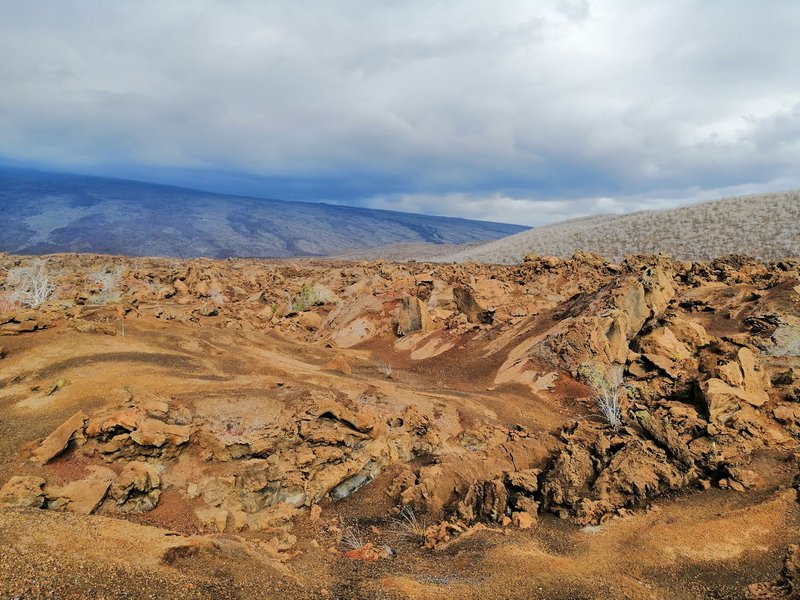
Why are black, gray, and brown their ultimate survival strategy? Three evolutionary perks explain it all. Total camouflage: The scorpion hides among the leaf litter and lava, looking like just another shadow; its prey has no clue it’s lurking nearby. Heat regulation: These tones absorb solar energy, keeping them active when temperatures drop at night.
Mastering the art of blending in: On the mainland, neon colors shout "Danger! Poison!" to would-be predators. But in the Galápagos, survival favors the unseen. On predator-scarce islands like Fernandina and Isabela, evolution stripped some grasshoppers of their wings entirely—why waste energy flying when you can simply vanish into the volcanic rock? Here, invisibility isn’t just useful; it’s everything.
Subdued colors do much more than hide these creatures - they're a survival superpower! The melanin pigment that gives them their shadowy look works like nature's ultimate multitool. It blocks the relentless sun’s ultraviolet rays, with these creatures absorbing up to 95% of sunlight, turning them into superheroes unfazed by the sun. It also protects against bacteria and fungi that could attack them and may play a role in how they interact with others in ways we don’t yet fully understand. In a place where water, food, and shelter are scarce, being dark isn’t just a color—it’s the line between survival and extinction. A shiny beetle today? It’d be the snack of the day.
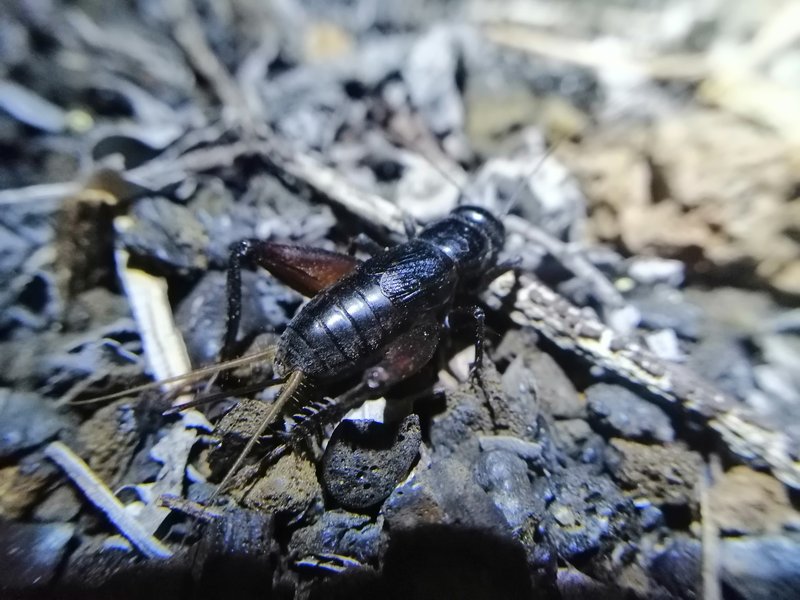
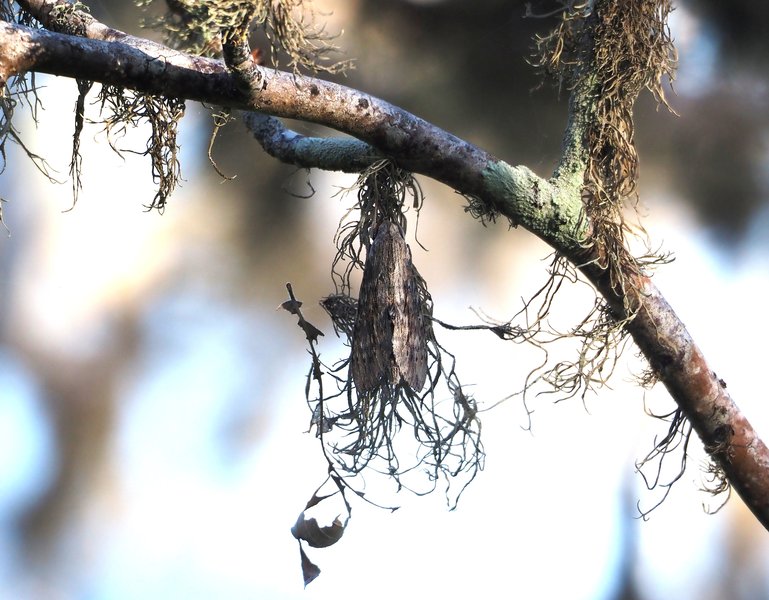
Their true brilliance lies in absence. No glimmer. No fanfare. Just the perfection of restraint - their darkness isn't mutation, but darwinian poetry in motion. To observe these creatures is to witness evolution's tightrope walk between survival and artistry. Across Galápagos' obsidian landscapes, these insects have rewritten the rules: where others advertise, they hide; where competitors waste energy, they optimize. Each adaptation - wingless bodies, light-absorbing pigments, behaviors honed to silence - forms a masterclass in biological minimalism.
This isn't mere endurance against impossible odds; it's life distilled to its most elegant equation. In these volcanic islands, every gram of unnecessary weight was discarded millennia ago. What remains is evolutionary essentialism: not the survival of the fittest, but of the most exquisitely efficient.
Darwin's revelation rings truest here: In nature's unforgiving arena, victory doesn't always go to the swift or strong—but to those who become one with their world. The invertebrates that conquered these islands weren't nature's warriors clad in bright armor, but its shadow-weavers, their muted tones blending seamlessly into volcanic rock and sun-baked earth. This camouflage is no mere defensive trick—it's a total conquest of an environment that seems designed to reject life. A century and a half later, these tiny creatures still humble us. In their unassuming forms, we witness evolution's greatest paradox: how the smallest beings achieve the grandest feats of adaptation. The Galápagos insects have rewritten their fate not through force, but through perfect harmony with their world. Their silent, earth-toned existence stands as one of evolution's most profound works—not a desperate struggle for survival, but a quiet, enduring masterpiece of biological artistry.
Bibliography:
Badejo, O., Skaldina, O., Gilev, A., & Sorvari, J. (2020). Benefits of insect colours: a review from social insect studies. Oecologia, 194(1), 27-40.
Roque-Albelo, L. (2006). Diversity and ecology of the Lepidoptera in the Galápagos Islands, Ecuador. Cardiff University (United Kingdom).
Liao, H. C., Liao, C. P., Blamires, S. J., & Tso, I. M. (2019). Multifunctionality of an arthropod predator’s body coloration. Functional Ecology, 33(6), 1067-1075.
Peck, S. B. (2006). The beetles of the Galápagos Islands, Ecuador: evolution, ecology, and diversity (Insecta: Coleoptera). NRC Research Press.






